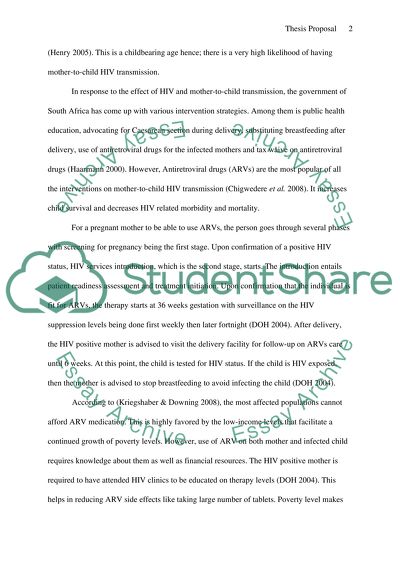Cite this document
(“The impact of socioeconomic inequalities on mother-child HIV Thesis”, n.d.)
The impact of socioeconomic inequalities on mother-child HIV Thesis. Retrieved from https://studentshare.org/miscellaneous/1603937-the-impact-of-socioeconomic-inequalities-on-mother-child-hiv-transmission-and-the-therapeutic-intervention-in-south-africa
The impact of socioeconomic inequalities on mother-child HIV Thesis. Retrieved from https://studentshare.org/miscellaneous/1603937-the-impact-of-socioeconomic-inequalities-on-mother-child-hiv-transmission-and-the-therapeutic-intervention-in-south-africa
(The Impact of Socioeconomic Inequalities on Mother-Child HIV Thesis)
The Impact of Socioeconomic Inequalities on Mother-Child HIV Thesis. https://studentshare.org/miscellaneous/1603937-the-impact-of-socioeconomic-inequalities-on-mother-child-hiv-transmission-and-the-therapeutic-intervention-in-south-africa.
The Impact of Socioeconomic Inequalities on Mother-Child HIV Thesis. https://studentshare.org/miscellaneous/1603937-the-impact-of-socioeconomic-inequalities-on-mother-child-hiv-transmission-and-the-therapeutic-intervention-in-south-africa.
“The Impact of Socioeconomic Inequalities on Mother-Child HIV Thesis”, n.d. https://studentshare.org/miscellaneous/1603937-the-impact-of-socioeconomic-inequalities-on-mother-child-hiv-transmission-and-the-therapeutic-intervention-in-south-africa.


